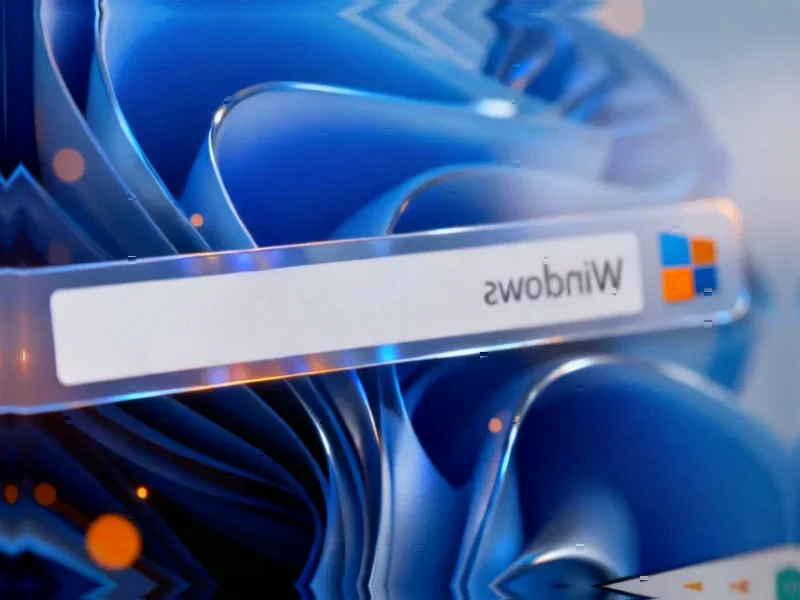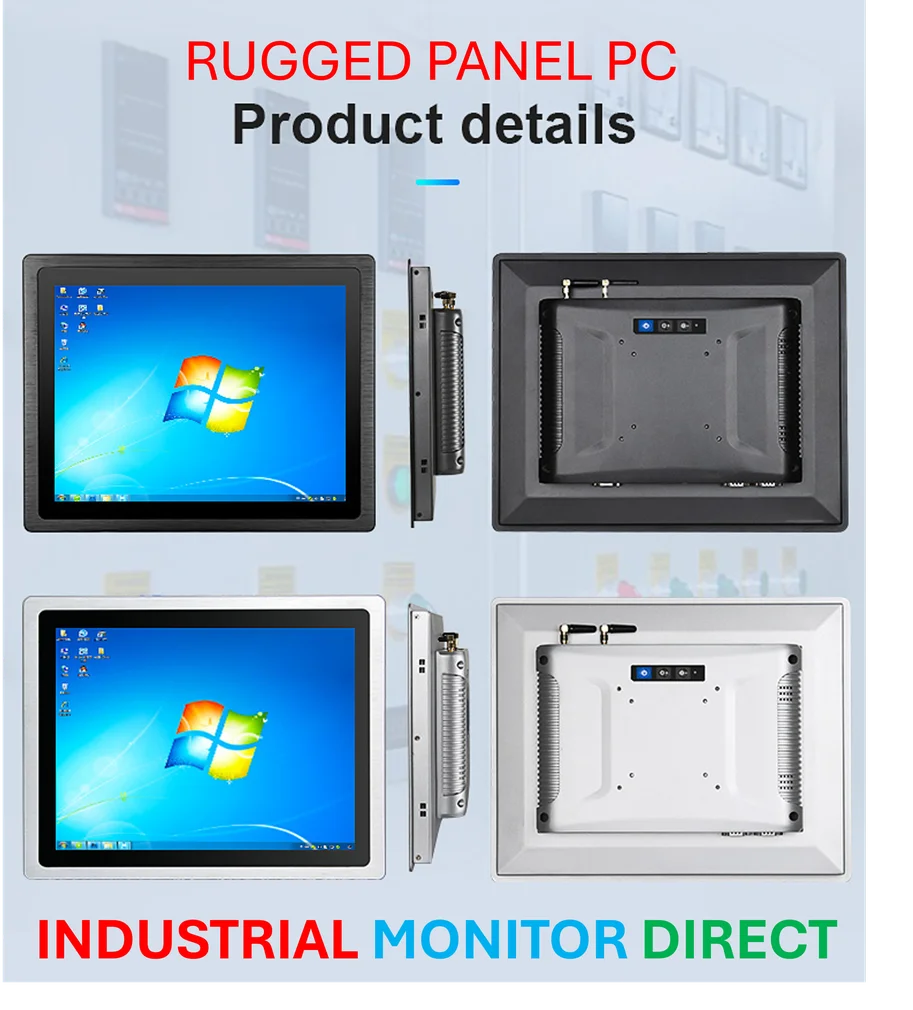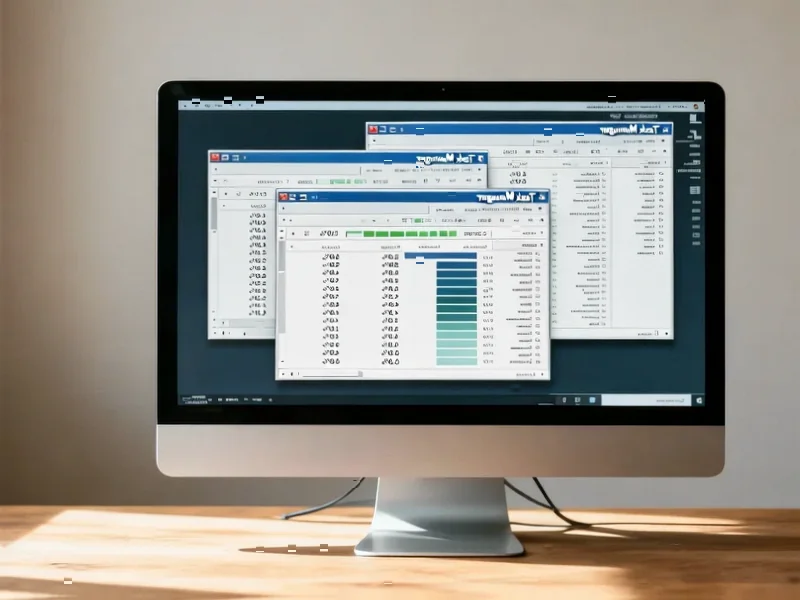According to CNET, Microsoft is previewing a new audio sharing feature for Windows 11 that enables users to share audio over Bluetooth LE with two devices simultaneously. The feature, which began rolling out to supported Surface Laptop and Surface Pro devices starting October 31, 2025, will expand to other compatible devices in the coming weeks and supports any headphones, speakers, or hearing aids with Bluetooth LE compatibility. Microsoft’s implementation builds on Bluetooth LE Audio broadcast technology and includes a new shared audio preview tile in Windows Quick Settings for Insiders to enable the functionality. This brings Windows 11 to parity with competitors, as Android users received similar functionality earlier in 2025 and Apple users have had the feature for several years.
The Platform Parity Game
Microsoft’s move represents a critical catch-up play in the platform feature wars. For years, Windows has lagged behind mobile operating systems in Bluetooth audio innovation, creating a noticeable gap for users who expect seamless cross-device experiences. The timing is strategic – with Microsoft’s announcement coming just months after Android’s implementation, the company is signaling it won’t cede audio leadership to mobile platforms. This isn’t just about convenience; it’s about maintaining Windows’ relevance in an increasingly mobile-first world where users expect their computing experiences to be at least as capable as their smartphones.
Beyond Entertainment: The Accessibility Angle
While Microsoft highlights entertainment scenarios like airplane movie watching, the hearing aid compatibility represents a significant accessibility advancement that deserves more attention. Bluetooth LE’s low power consumption makes it ideal for medical-grade hearing devices that require extended battery life. This positions Windows as potentially the most hearing-accessible mainstream computing platform, a distinction that could influence institutional purchasing decisions in education, healthcare, and enterprise environments. The ability to seamlessly connect hearing aids without specialized hardware removes barriers for users with hearing impairments, making this more than just a convenience feature.
The Bluetooth LE Hardware Renaissance
This feature rollout will accelerate the transition to Bluetooth LE across the audio accessory market. While Microsoft notes most premium headphones already support the standard, this creates pressure on budget and mid-range manufacturers to upgrade their offerings. We’re likely to see a rapid sunsetting of classic Bluetooth-only devices as Windows, Android, and Apple’s ecosystem all converge on LE Audio standards. The timing coincides perfectly with the natural replacement cycle for pandemic-era headphones, creating a massive upgrade opportunity for accessory makers who can capitalize on this standards alignment.
The Corporate Traveler Opportunity
Microsoft’s airplane scenario isn’t just casual – it speaks to a significant business travel use case that could drive enterprise adoption. For consulting firms, sales teams, and other road warriors who frequently collaborate while traveling, the ability to share audio from a single laptop during presentations or training sessions represents a meaningful productivity enhancement. This positions Windows devices as superior collaboration tools in mobile environments where multiple users need to access the same audio content without cumbersome adapters or splitter cables. The feature could become a subtle but important differentiator in corporate device procurement decisions.
What Comes Next in the Audio Wars
Looking beyond shared audio, Microsoft’s broader Bluetooth LE push suggests we’re entering a new phase of wireless audio innovation. The company’s recent super wideband stereo profile for gamers and spatial audio support in Teams indicates a comprehensive strategy to make Windows the platform of choice for advanced audio applications. We can expect to see Microsoft leverage its gaming and enterprise strengths to develop audio features that competitors can’t easily match. The next battleground will likely involve AI-enhanced audio processing, personalized spatial audio profiles, and deeper integration with voice assistants – all areas where Microsoft’s research investments could give Windows a distinctive advantage.




